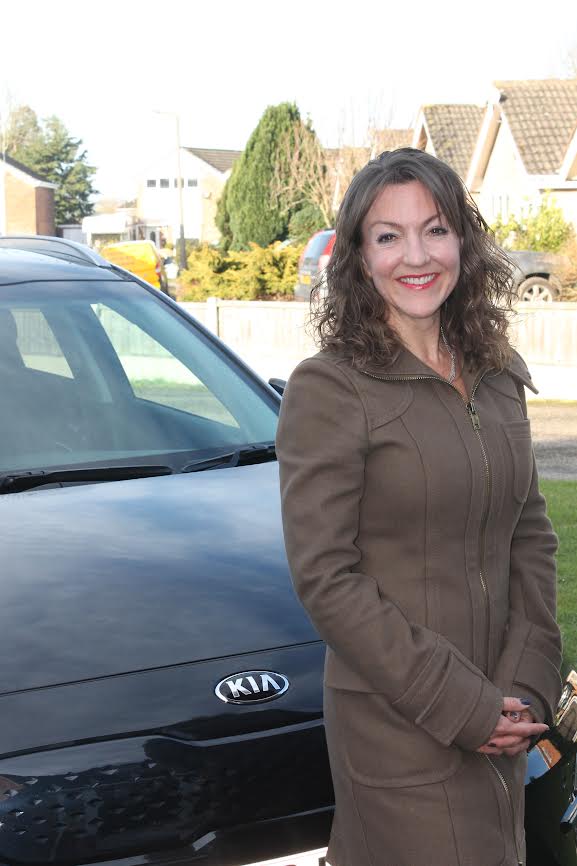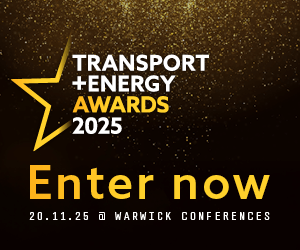Gill Nowell, Head of EV at LV= General Insurance, talks about the need to move away from jargon and complexity when talking about electric vehicles (EVs).
Do you know your kW from your kWh, your AC from your DC, or perhaps your CHAdeMO from your CCS? And dare I ask – do you know your ICE from your EV, your BEV from your PHEV, not to mention your FCV from your HEV. Granny has a cable too, by all accounts.
The electric car world is full of apps and uncertainty – and acronyms.
As I have moved through my somewhat accidental career and landed squarely and happily in the electric car space, with each new role I’ve been confronted with a whole new set of acronyms and industry jargon. This is fine when in a work environment, amongst other engineers (for example) – although I hasten to add that I am not an engineer and so have had to gen up on unfamiliar terms used many times – but the moment the audience changes, so too should we change our language and indeed how we present information and data to the outside world.
I posted a handwritten table on LinkedIn recently, to show how much my off-peak energy use costs, and how much it is likely to be as energy prices rise. I wanted to illustrate that it will still be cheaper to charge my electric car at home for quite some time to come, before it gets anywhere near as expensive as petrol or diesel (if indeed it ever will, given that fossil fuel prices are escalating too).
I digest information that is presented very simply. I struggle to understand graphs, and other more sophisticated ways in which data can be presented. And I’m not the only one. As someone commented on my post: ‘Thank you for taking the time to do this. It can become far too confusing and frightening’. Another person posted: ‘I love this Gill myth busting in the most succinct and colourful way, no fancy graphs required’.
For those of us steeped in the world of electric cars, it’s easy to get into the habit of using words and acronyms that mean nothing to other people. If we want to truly normalise driving electric, let’s put a bit more thought into how we communicate about it – both through the words we use and how we present that information.
One thing I love about working on ElectriX, is that we go to great lengths to make sure that we use everyday language both on the website and in all of our communications. Our focus is on helping people to help overcome any concerns about making the switch to an electric car, and to highlight the many benefits.
Let’s not get lost in translation.
Gill is a member of the Transport + Energy editorial board.















